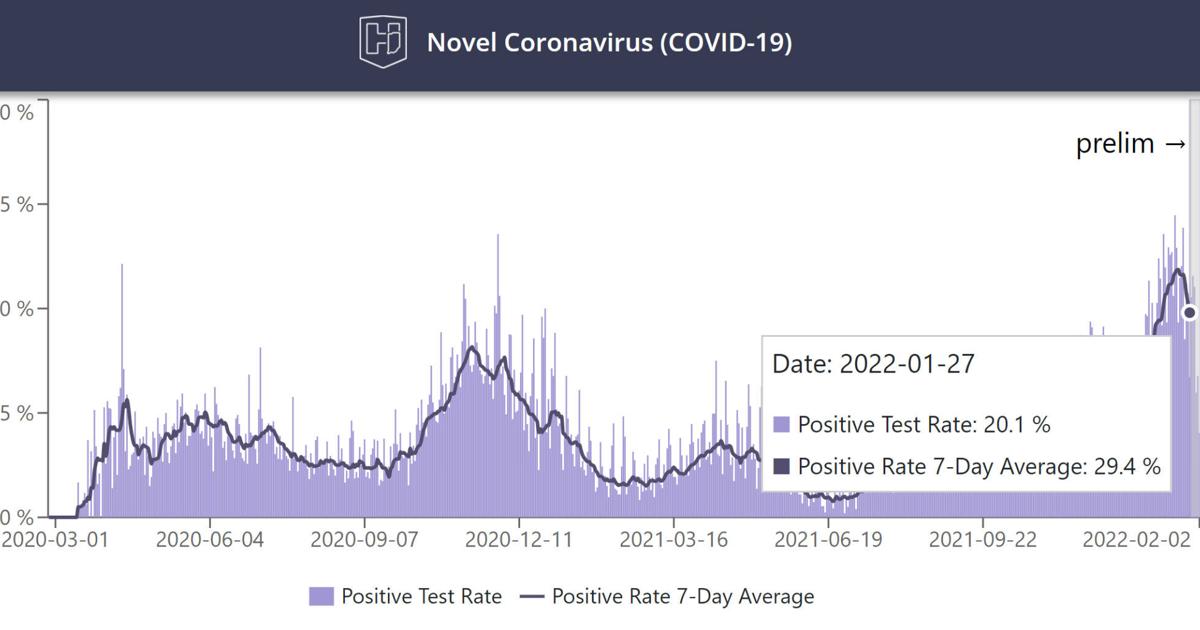The first five months of 2022 have been brutal for bond investing, with the Bloomberg Aggregate Bond Index down 9%. Advisors have a long history of developing asset allocation strategies with a healthy dose of fixed income exposure. Historically, bonds have provided total return through income and stability, even when stock values decline. However, 2022 has been different in part due to recent and likely impending interest rate hikes by the Federal Reserve, which have caused the value of many bonds to decline.
Along with the losses, there has been money moving in the asset management space. Year-to-date through May 25 (latest available), bond mutual funds have seen large redemptions, totaling around $242 billion based on data from the Investment Company Institute (ICI). . As outflows from bond mutual funds accelerated to more than $90 billion in May, bond ETFs attracted $34 billion in new money for the month as a whole, more than the category collected in the first four months of the year, according to FactSet data.
Indeed, while there are only two bond ETFs in the top 10 for the year, there were five bond ETFs in the top 10 net inflows industry-wide in May. The iShares National Muni Bond ETF (MUB) led the charge last month with $3.9 billion in net inflows, followed by the Vanguard Short Term Bond ETF (BSV) and the SPDR Bloomberg 1-3 Month T-Bill ETF (BIL). While BSV and BIL are at minimal risk, investors have also moved more than $2 billion in new money into the iShares iBoxx $ High Yield Corporate Bond ETF (HYG) and the iShares 20+ Year Treasury ETF (TLT)which offer higher returns in exchange for taking on greater credit or interest rate risk.
Domestic stock mutual funds have been bleeding assets for years as advisors and end investors turn to stock ETFs, but bond mutual fund investors have traditionally been more loyal. There are likely several long-term drivers of this trend, including generational change, growing adoption of bond ETFs by advisors and institutional investors, the reaping of tax losses, and a preference for paying lower fees establishing the when the losses are incurred.
According to Morningstar, the average mid-tier core bond fund was down 9.0% in the first five months of 2022, largely in line with losses incurred by the iShares Core Aggregate Bond ETF (AGG) and the Vanguard Total Bond Index ETF (BND). Returns were equally poor for bond mutual funds, which carry additional credit risk; the average core plus bond fund fell 8.9%.
Although most bond mutual funds are actively managed and most bond ETFs track an index, in recent years asset managers have launched a variety of actively managed bond ETFs. In 2022, the Capital Group Core Plus Income ETF (CGCP)the Fidelity Total Bond ETF (FBND)and the JPMorgan Core Plus Bond ETF (JCPB) are core or core-plus assets with net inflows.
As losses are likely to mount this year for bond mutual funds, we expect more advisors and end clients to shift their allocations to ETFs.
To receive more research, reports and commentary from Todd on a regular basis, please subscribe here.
For more news, insights and strategy, visit VettaFi.com.
The views and opinions expressed herein are the views and opinions of the author and do not necessarily reflect those of Nasdaq, Inc.



/cloudfront-us-east-2.images.arcpublishing.com/reuters/RJJDXTQ7FNPENODK3443DS2O6U.jpg)








